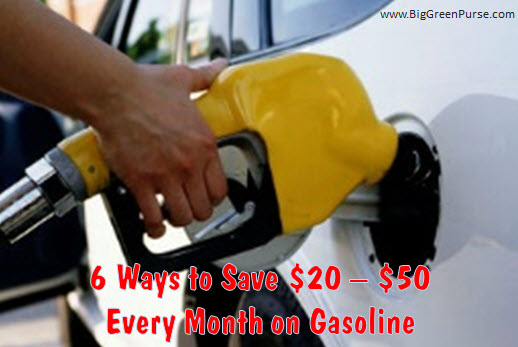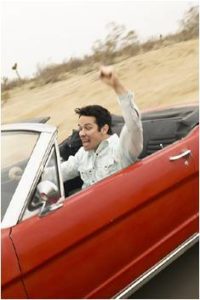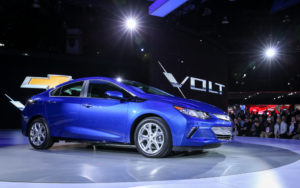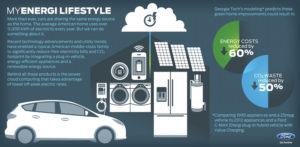Most people wouldn’t put a pile of money on their driveway and set it on fire. But when you drive, you’re essentially burning money. Regardless of whether gas prices are high or low, because we’re traveling more, we’re all burning more money via our gas tanks than ever before. It doesn’t have to be that way. You can save $20 – $50 every month on gasoline by following these six steps.
1) Drive LESS. How? Walk, especially if you’re traveling distances less than a mile and don’t need to carry heavy loads. Bike. More than half of all commuting trips are 5 miles or less in length, a distance easily covered by two wheels rather than four. Scoot, with an electric scooter that costs far less to charge than it does to fuel up a car with gas. Get organized, so you can combine trips and chores rather than going back and forth to do them. Pay your bills and shop online. That includes using grocery delivery services if they’re available in your area. Carpool. Share the drive and share the bill. Avoid rush hour. Telecommute, go to work early and leave early, or look for other ways to avoid the worst times of the day to be in a car. Because when you’re just sitting in traffic, you’re just burning money.
2) Drive SMART. What does “smart” mean? More or less, it’s what you learned when you took driving lessons all those years ago before you even got your driver’s license. Start with the speed limit. Stick to it. The U.S. Department of Energy says that every 5 mph you drive above 50 mph can lower gas mileage by 7% or more. That could amount to as much as $.52 a gallon! Slow down a little and put the money in the bank. Plus, turn the car off rather than idle. Idling gets zero miles per gallon; if that’s not a waste of gas and money, I don’t know what is! Don’t be a “jackrabbit” and speed up only to have to slow down in between stop signs and traffic signals. As for tailgating, it can cost you 1-2 percent in fuel efficiency. What a waste.
3) Drive CHEAP. In most cases, your engine can tolerate t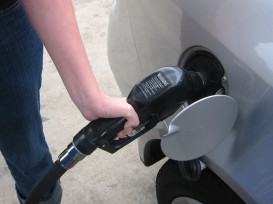
4) Drive IN TUNE. You’ll improve your gas mileage by an average of 4.1 percent when you get a tune up. Most cars need an oil change every 3,000 – 5,000 miles, too. If that’s too frequent for you, join Groupon, Living Social, or another social shopping site. You’ll find many affordable tune-up and oil change promotions that cut the service costs significantly. While you’re at it, replace air filters regularly to get another 10 percent gain in fuel efficiency. Checking the oxygen sensor is smart, too. That’s the engine’s fuel control feedback loop. Repairing one that’s faulty could benefit your gas mileage as much as 40 percent.
5) Drive PUMPED UP. Gas mileage will improve by around 3.3 percent if you keep your tires properly inflated. Check your owner’s manual for appropriate inflation levels. You can buy a tire pressure gauge at your local hardware store and check your tires each time the seasons change. Then fill up your tires when you get gas.
6) Drive a GAS STRETCHER. Drive the most fuel-efficient vehicle that meets your transportation needs as well as your budget. If you’re in a family with two cars, use the one that gets the most mpg for the majority of your trips. If you’re in the market for a new car, check the rebates and tax incentives available to encourage people to purchase hybrids and electric cars, rather than those that depend exclusively on fossil fuels.
All of these actions can add up to big savings. An added benefit? Using less gas is a lot better for the environment, since burning gasoline contributes to air pollution, climate change and smog.
So drive less, get smart, be cheap, tune in, pump up and stretch.
Unless of course you have money to burn.
MORE GREAT INFORMATION:
Save Energy, Stop Climate Change, Save Money


